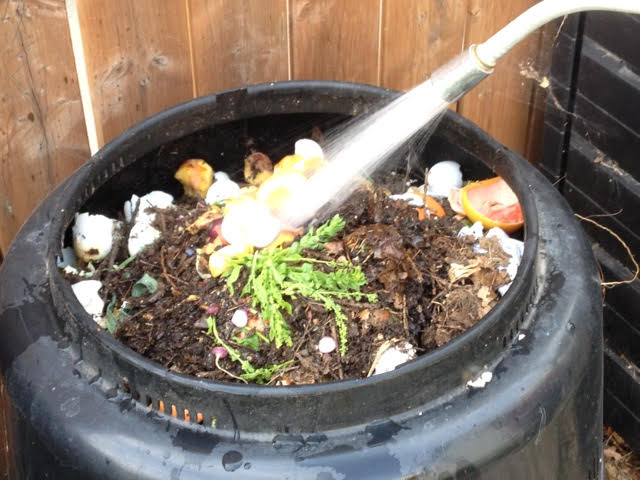Kitchen gardening for beginners
Numerous individuals in metropolitan territories are presently quick to grow their own vegetables at home, as they wish to eat natural and solid food. Thus, home proprietors are going to galleries and window ledges, to oblige little kitchen gardens.
What is a kitchen garden?
It is a garden where you grow your own food, for example, herbs, vegetables and natural products, for utilization. Window ledges, overhangs, vertical dividers and any such territory can be utilized for setting up a kitchen garden. Eatable holder gardens can be set up with simply a tad arranging. Start by planting things that you like to eat.
How to set up a kitchen garden to grow miniature greens?
One can grow nutritious miniature greens like wheat grass, radish, fenugreek, beetroot or spinach, and so forth Miniature greens are consumable vegetables and herbs that are reaped in under 14 days after germination. They have a sweet-smelling flavor and are loaded with supplements.
Simple vegetables to grow at home in a kitchen garden
On the off chance that you have consistently longed for a vegetable garden, here are a couple of straightforward ways, to begin:
How to cultivate mint plant from a stem
Take new mint with a thick green stem and spot it in a glass of water. Change the water each day. A few days, meager white roots begin growing. Take the stem out from the water and spot it in a pot. Guarantee that the pot has openings for water seepage. Spot the holder in a bright spot and water it consistently. When the foliage expands, you can begin cutting it for culinary purposes.
How to grow coriander and fenugreek from seeds
Coriander can be grown from the seeds which are accessible on the lookout. Break the seeds into two sections and afterward sow them. Spread the seeds equitably, so that there is sufficient space for each to grow. Essentially, you can sprinkle methi seeds and cover it with soil. Plant it in a plate instead of a pot, as it will give seriously planting zone. Spot the holder under direct daylight.
How to grow tomato from cuts
Take a couple of cuts of tomato and spot it in a pot. Sprinkle a small bunch of soil on top. The fledglings will show up following 10 to 12 days. After around fourteen days, when your tomato seedling has grown, relocate it to a greater pot in your garden. One can likewise grow capsicum and chilies with seeds at home.
How to grow ginger from the buds on ginger
Ginger grows under the dirt and can be covered around two creeps under the ground and kept in a radiant spot. Pick a piece of ginger with numerous rough knobs (sprouts) at the tips (these are the buds). Put a couple of crawls of fertilized soil underneath the ginger and sprinkle simply a large portion of an-inch above. Water the plant well consistently. When the leaves evaporate following a half year, it is fit to be gathered.
How to grow garlic from singular cloves
Garlic can likewise be effectively grown at home. "The greens (i.e., leaves) shoot up inside eight to 10 days, while the bulbs take eight to nine months. Push singular cloves a few crawls into the dirt. Guarantee that the level end focuses downwards. Spot it in a radiant spot and water the pot each day. When the greens are five to six inches tall, you can begin utilizing it in your dishes," adds Shah.
How to make compost at home
Crude kitchen waste can be utilized to make compost, which adds richness to the dirt. There are different approaches to compost natural matter. "A basic technique is to utilize covered earthen pots to dispose of the natural waste (evade cooked waste, onion strips or citrus strips in huge amounts) and sprinkle each layer with red soil over it. Rehash the interaction till the pot is full. A 20-liter pot should keep going for roughly a month, for a group of four. Keep the full pot aside. The material in the pot would be prepared for use as compost following two months," adds Dutta.
Benefits of palatable kitchen gardens at home
Natural kitchen gardening or metropolitan cultivating, not just gives home proprietors new, sans pesticide food yet the actual cycle can be helpful in nature. Gardening emphatically affects our prosperity – it is a loosening up movement that can help in conquering tension. It can likewise be an incredible family movement, to help youngsters manage fatigue and improve their motor abilities. One can likewise be inventive, by reusing and painting and old pots, compartments, plastic containers, milk cartons, and so on, to be utilized as grower.
Tips for novices to set up a consumable kitchen garden
Plants become solid with supplements in the dirt. Add natural compost made of tea compost or vegetable strips, to the dirt, to improve its quality.
Try not to water the plants unnecessarily. Check if the dirt is dry and basically wet it with enough water, to keep it soggy.
Water the plants toward the beginning of the day or night. Try not to allow the water to vanish in the warmth of the day. On seeds that are growing, tenderly sprinkle water.
Eliminate drying, shrinking leaves and blossoms, to support quicker new growth.
Inordinate utilization of compost can wear out the dirt, the root framework and leaves. Add composts yet just in suggested measurements, to keep the plants sound.
One should be attentive about nuisance assaults. Splash neem oil, to fend bugs off.
Several tools like spade and garden fork, for burrowing the dirt when planting the greens.
Pick compartments which can oblige a totally mature plant.
Peruse up about kitchen gardens. There is a lot of data accessible on the web, just as DIY tutorials on different sites.





Comments
Post a Comment